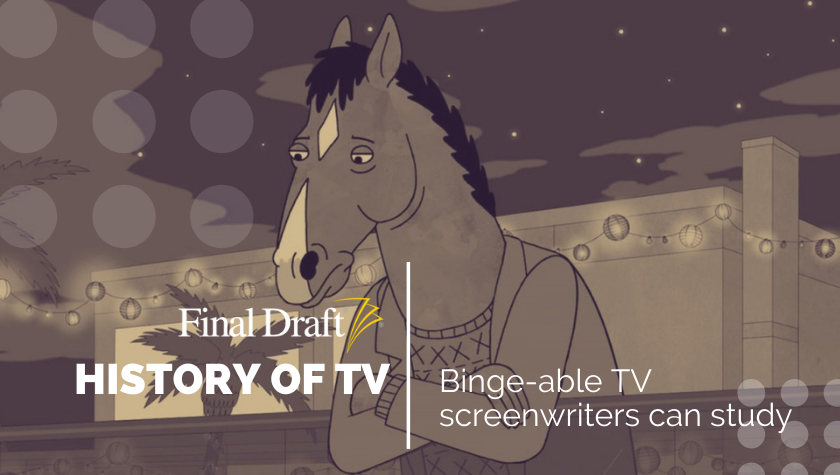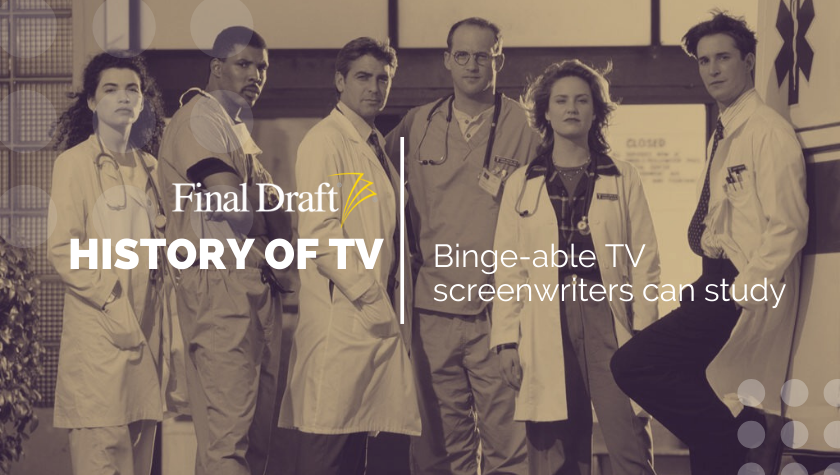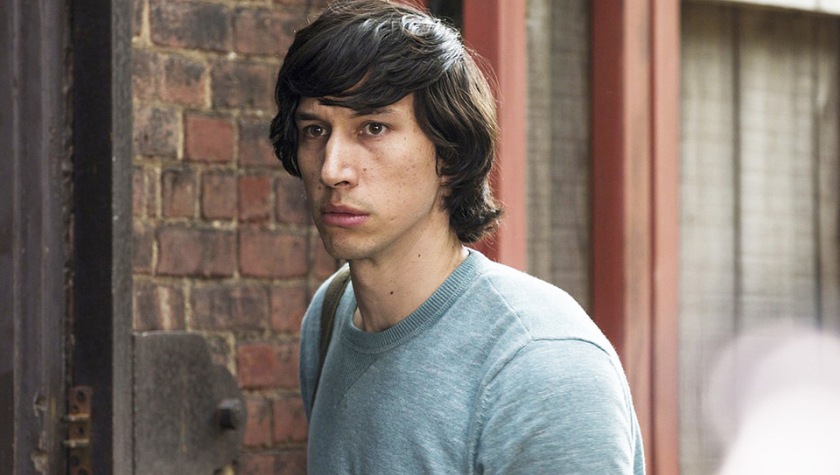History of TV: The romance of 'Jane the Virgin'
June 3, 2021
Settling in to watch Jane the Virgin is much like committing to the Latin American telenovelas of its origins. You’re in for the long haul; every emotion is heightened, and you’re all but guaranteed a happily ever after... eventually. After all of the drama and jaw-dropping plot twists have played out. And Jane doesn’t disappoint in any of those areas. In fact, it’s worth a watch (and a second, and third) not just for the outstanding performances — Gina Rodriguez as Jane is simply meant to be, and Yael Grobglas as Petra Solano and Petra’s twin sister are just two of many — but for thematic resonance and a masterclass in plot twists that telenovelas and their American soap opera counterparts excel at like no other.
Plot twist masterclass
Creator Jennie Snyder Urman (Charmed, Emily Owens M.D.) loosely based her romantic comedy/drama on the Venezuelan telenovela Juana la virgen created by Perla Farías, which resulted in seven seasons of melodrama centered around the “immaculate” — in this case, accidental artificial insemination — of Jane. A virgin. The show’s premise lays out the series’ biggest plot twist because not only is Jane a pregnant virgin, the father is none other than her teenage crush and current boss, Rafael Solano (Justin Baldoni). Who she still may have a thing for, despite being madly in love with her sweet detective boyfriend, Michael Cordero (Brett Dier).
And that’s just the beginning. What ensues is a complicated tale of secret siblings, fake names, amnesia, a whole subplot of criminal underground activity that seems to entangle everyone on the show, and the best twist (in my opinion) of them all: the Narrator (voiced by Anthony Mendez) we’ve been listening to since the opening minutes is — spoiler alert! — Jane’s son, Mateo, narrating his mother’s life for a telenovela. A sweet circle of circumstances considering how invested she is in them thanks to her mother and abuela.
Laying the groundwork is possibly the most tedious and important thing a screenwriter can do to make those shocking plot twists, well, shocking and more importantly, impact the audience. For a full list, we can thank this Vulture article on “Jane the Virgin’s Biggest Plot Twists, Ranked”. But for now, consider that season three finale. We wouldn’t have cared so much about a character coming back from the dead if we didn’t care about them and the shockwaves a plot twist like that could create in the first place. So how does a screenwriter achieve that in their own writing? Deep character development (along with a few well-placed misdirects by the writers). We want to be so invested that we physically feel everything they feel. Urman conceded to TV Guide, “We like big, shocking surprises with grounded emotional fallout.” Check and check.
Thematic choices
Those plot twists also hit home especially hard because Jane had very strong thematic throughlines that everything circled back to. There was the power of choice, which propelled the pilot and continued to crop up throughout the series as various characters made tough choices and dealt with the fallout of those and the ones of the people around them. In the pilot, Xiomara Gloriana Villanueva (Andrea Navedo), Jane’s mom, tells her, “I just wanted you to know you had a choice. Because having one — it helps, I think.” And Jane makes plenty of choices, starting with deciding to keep the baby. She moves through many phases throughout the show: Bright-eyed girl with a plan, single mom, married, career woman following her dreams, widow, and eventually even a non-virgin — yes, they managed to keep her one until season three, a slow burn that feels impossible in the current television landscape. Through Jane, we also explored grief and resilience and what it means to “make it.”
The structure of telenovelas themselves plays into the theme, as they are steeped in a tradition of voicing social messages. In Jane’s case, most prominently women’s health, intergenerational dynamics, and the relationship between religion and dating. Jane’s sexual evolution, along with that of the other women in her family, explores the topic in a respectful yet multifaceted way that feels aligned with the show’s otherwise feel-good family vibes.
Jane’s tone
That expert balance of subject matter with the serious and comedic elements — and when to use each — is part of Jane’s magical tone that’s at once quirky, romantic, heartfelt fantasy blended with no-bullshit reality. The delicate balance of extreme melodrama without being campy is achieved through that emotional grounding showrunner Urman references. Without real-world resonance for the characters’ emotions, the fantastical elements wouldn’t land as well as they did.
Jane also used its visual medium to the utmost. The show’s world is vibrant in itself (the Miami hues of the Marbella hotel), along with magical, realism-infused details like glowing hearts when characters are in love, and more technical special effects like onscreen captions physically mimicking a scene to punctuate a situation, or texts and tweets appearing before disappearing into the ether like IRL.
In retrospect
Gina Rodriguez won a Golden Globe® Award for her charming performance in Jane’s debut year; the show receiving a vast number of nominations and wins over the years, including a Golden Globe nom for Best Musical or Comedy and an Emmy® nomination for Anthony Mendez. Mendez’s Narrator with his, “Just like a telenovela, right?” hashtag serves to remind us we’re watching a particular framework (the telenovela), while somehow elevating it to something uniquely its own. Jane was the nighttime soap, rom-com, “guilty pleasure” that surpassed the fluff these genres are unfortunately associated with to say that yes, while girls do know how to have fun, there’s a much more complex story to it than that.
You can rewatch all 100 chapters of Jane the Virgin on Netflix.
Written by: Karin Maxey
After seeing her first big screen movie 007: License to Kill at age six, Karin naturally became obsessed with writing action-infused stories. The next time she’d see Benicio del Toro was in person, at the 68th Cannes Film Festival—he was there for the Sicario red carpet, she was there for her first produced short film in the basement of the Palais…same-same. In between, Karin earned a Creative Writing Degree and landed management at Echo Lake Entertainment. Her scripts have been a Big Break Top 3 finalist, HollyShorts Film Fest Official Selection, and a multi-Screencraft competitions semi-finalist. Karin is also a screenplay editor who delights in the process of polishing writers' work for submission. You can find her at www.writergirlkarin.com.- Topics:
- Discussing TV & Film




